11 Things Dog Trainers Wish Every Owner Knew
Dog trainers spend their days reading dog behavior like a second language. They’ve seen every leash tug, missed cue, and awkward greeting at the park. And while most owners have good intentions, there are a few universal lessons the pros wish everyone understood. These are lifelong truths that make life better for both ends of the leash.
Dogs Aren’t Fluent in English
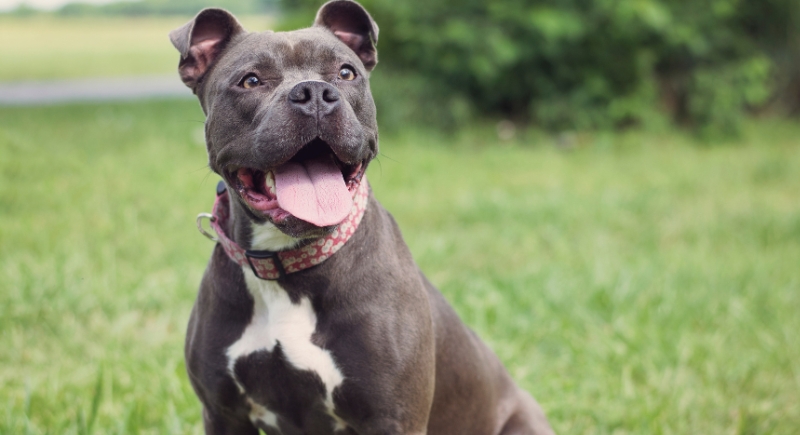
Credit: Getty Images
Dogs don’t understand full sentences, even if they tilt their heads like they do. They recognize tone, body language, and a few clear commands. Saying “Buddy, could you please sit down for Mommy?” won’t register the way a simple “Sit” will. Keep commands short and pair them with hand gestures.
That Cell Phone Can Wait

Credit: Canva
Taking your dog for a walk while texting the group chat is bound to make your dog notice. They are social animals, and walking is bonding time. Trainers say it’s obvious when a dog feels ignored. Put the phone away and stay present—your dog will walk better, and honestly, you’ll probably feel better too.
“No” Doesn’t Mean What You Think It Does
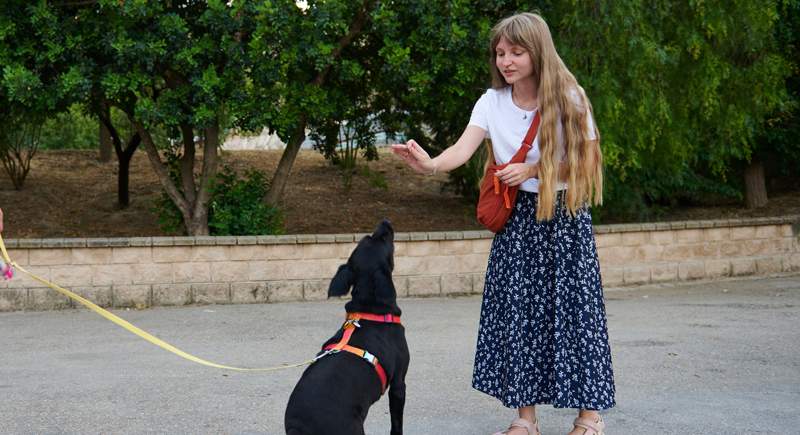
Credit: iStockphotos
Yelling “No!” doesn’t give your dog much to work with. Sure, it might startle them, but it doesn’t explain what to do. Redirect, replace, reward—that’s the magic combo. If they’re chewing a shoe, swap in a toy, and cheer them on for using it. That’s how real behavior change happens.
Play Counts as Training
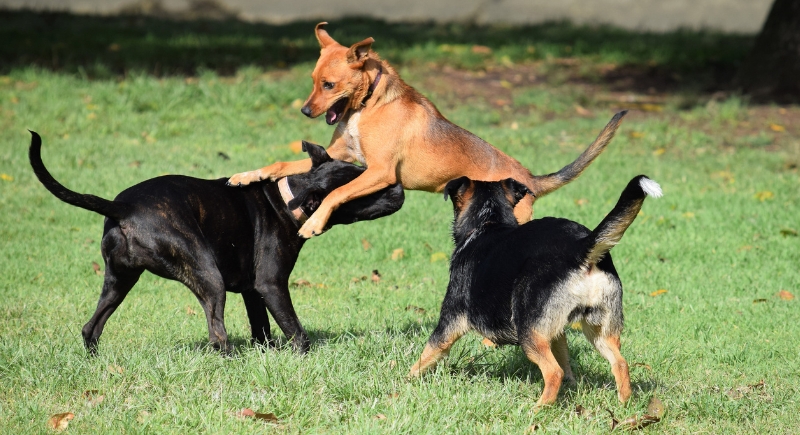
Credit: pexels
Training doesn’t have to look like drills. Playtime is one of the most powerful tools in a trainer’s kit. Games like tug, fetch, or hide-and-seek can build trust, reinforce commands, and burn energy. The trick is to mix fun with structure.
A Walk Shouldn’t Feel Like a Parade
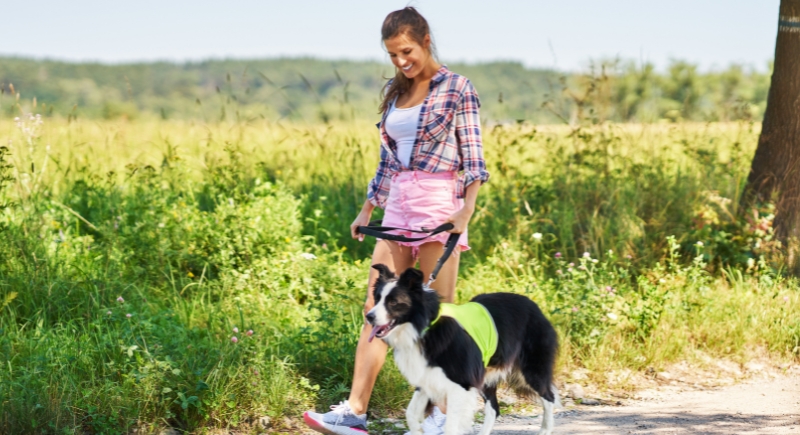
Credit: Canva
Walking a dog is its chance to sniff, explore, and decompress. Trainers joke that walks are the dog’s version of checking social media. Constant heel-mode with zero freedom can frustrate dogs. Giving your dog time to sniff around (within reason) keeps them mentally stimulated and reduces behavior problems at home.
Breed Traits Aren’t Optional
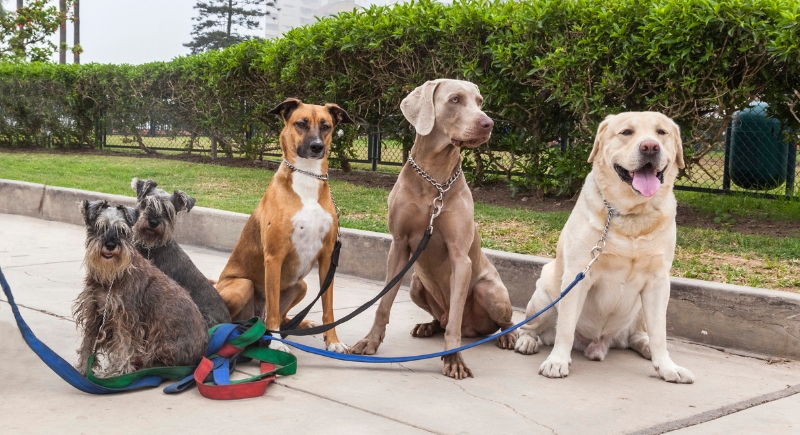
Credit: Getty Images
Every breed comes with baked-in instincts. Border Collies may herd kids, Beagles might follow every scent, and Huskies often run like they’ve got a plane to catch. Trainers recommend learning your dog’s background to understand what drives them. You don’t need to “train out” those instincts—you just need to work with them.
Dogs Watch How You Feel

Credit: Getty Images
Dogs pick up on tone, tension, and energy. If you’re anxious or angry, they might shut down or act out. That’s why trainers often preach leadership. A steady voice and relaxed posture can make a dog more responsive, while yelling or panicking usually backfires. Dogs mirror moods better than most people do.
Crates Are Safe Spaces, Not Punishment Boxes
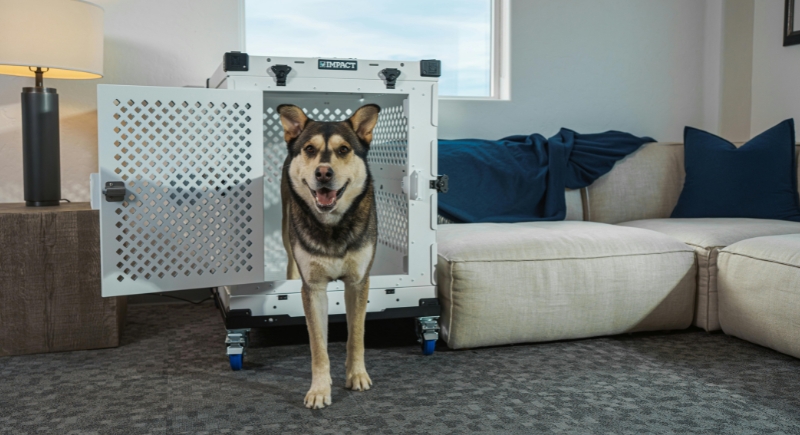
Credit: pexels
Crate training gets a bad rap, but trainers argue it’s often misunderstood. When introduced properly, a crate becomes a dog’s personal retreat—a place to rest, feel secure, and decompress. Dogs are den animals by nature, and many enjoy having a cozy spot that’s all theirs.
Socializing Doesn’t Mean “Pet My Dog”

Credit: Getty Images
Many people think socialization means letting everyone touch their dog. Trainers disagree. Real socialization is about giving dogs controlled, positive experiences in new environments, without pressure. Let them observe, sniff, and engage at their own pace. That’s how confidence builds.
Shock Collars Aren’t a Quick Fix
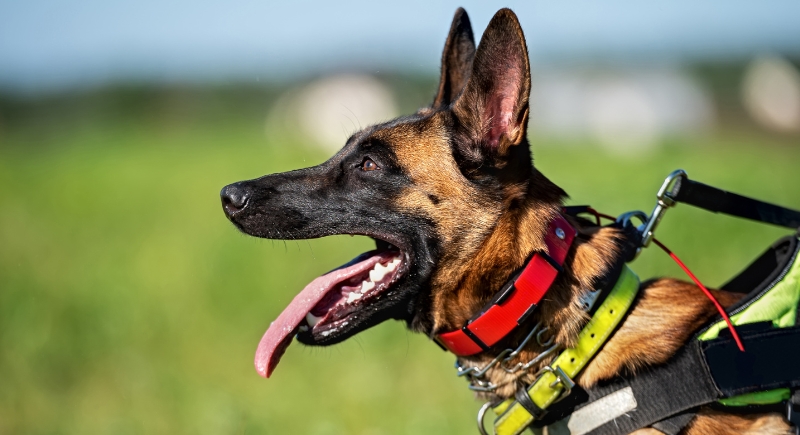
Credit: Getty Images
Sure, electronic collars might stop a behavior short-term, but trainers warn they often create bigger issues. Confusion, stress, and even aggression can follow. Studies show positive reinforcement just works better. When a dog trusts you, they’ll want to listen. Fear-based training might get obedience, but won’t get a happy, well-adjusted dog.
Leaving Dogs Tied Outside Is a Bad Idea
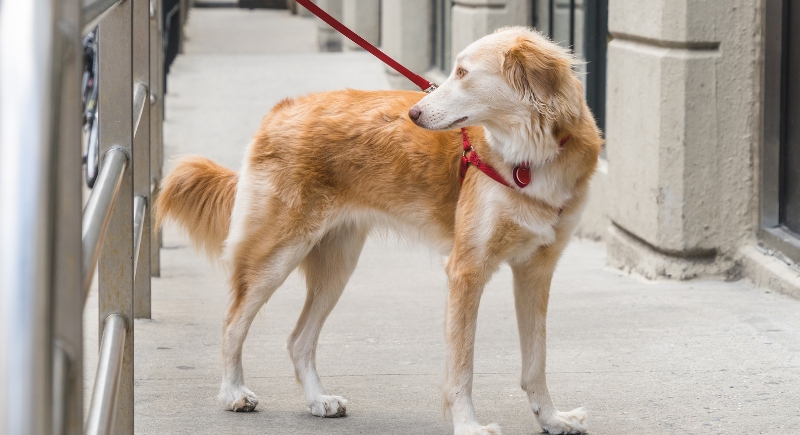
Credit: Getty Images
Even if it’s just “a quick stop,” leaving a dog tied outside a store can invite serious trouble. Dogs feel vulnerable when left alone, especially in unfamiliar spaces. Trainers have seen anxious dogs bark, lunge, or panic in these situations. It also opens the door to unwanted contact from strangers.
Not All Advice Is Good Advice
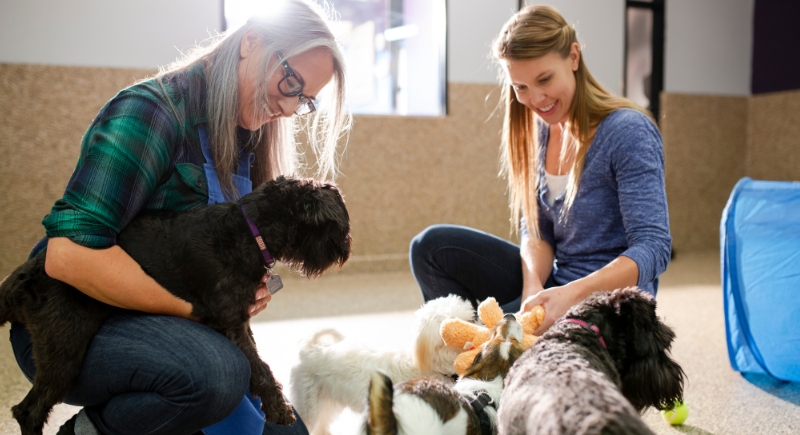
Credit: Getty Images
Hearing tips from other dog owners might feel helpful, but trainers recommend being cautious. What works for one dog might confuse another, especially if the advice conflicts with what you’re already doing. A better approach is working with a certified dog trainer or behaviorist.
Training Never Really Ends
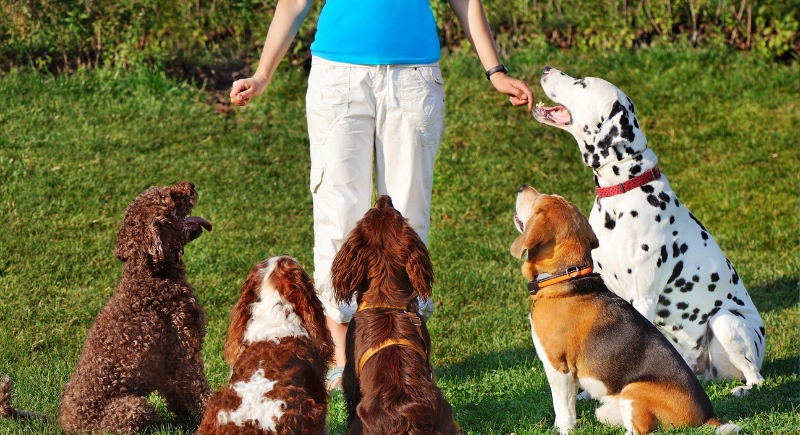
Credit: Getty Images
Even if your dog nailed puppy classes, skills fade without practice. Trainers stress that learning should continue into adulthood, especially as dogs encounter new environments or develop new habits. A senior dog might benefit from refreshed manners, just like a younger dog thrives on new challenges.
Dogs Don’t “Get Back at You”
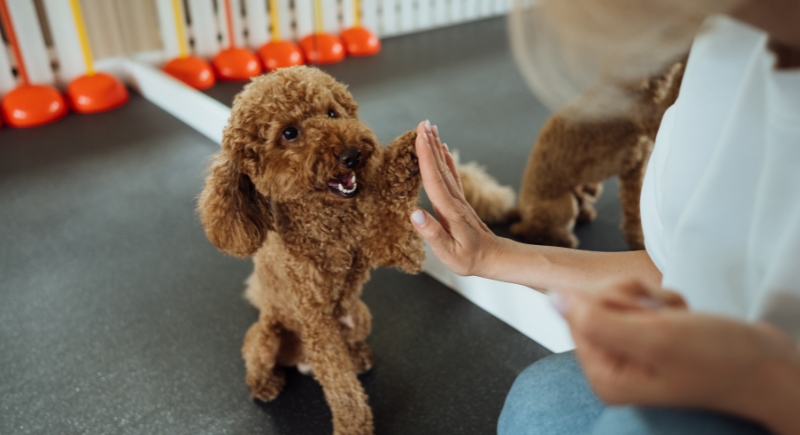
Credit: Getty Images
Revenge isn’t part of a dog’s emotional vocabulary. Peeing on the rug or chewing your shoe isn’t personal—it’s usually stress, boredom, or a lack of proper outlets. Trainers say anthropomorphizing dogs (giving them human motives) leads to miscommunication. Instead of blaming them for bad behavior, figure out the cause.
You’re Not Training for Perfection
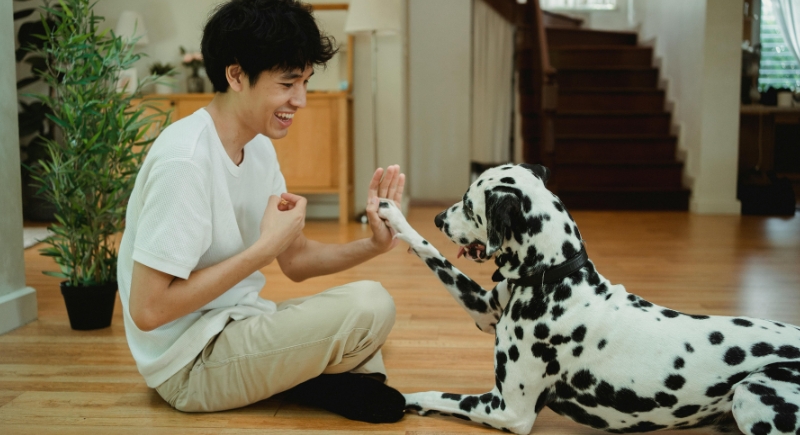
Credit: pexels
Like humans, dogs will mess up, get distracted, or have off days. Trainers often remind owners that progress isn’t linear, and expecting robotic obedience sets everyone up for frustration. Instead, celebrate small wins. Did they stay calm around another dog for 10 seconds longer than usual? That counts.